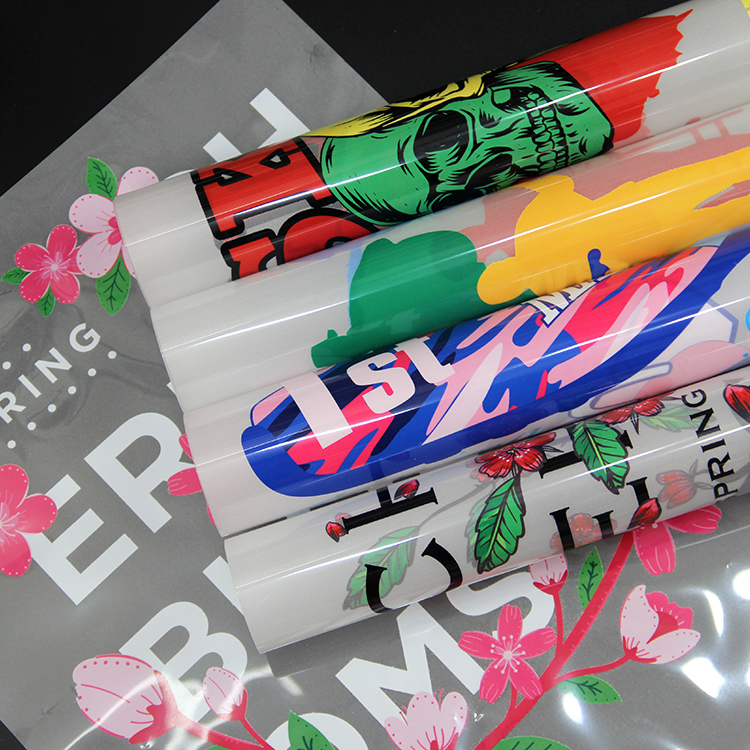posted on
Put simply, inkjet dye sublimation printing is the process where specially manufactured inks,
containing heat activated ‘dye sublimation’dyes, are fixed by heat and pressure into a polyester
substrate, such as a polyester fabric or polyester coated surface.

Here are the key steps you follow with dye sublimation:
STEP 1: Special heat activated inks (dye sublimation inks) are printed onto a digital transfer paper,
usually as a mirror image.

STEP 2: Next we need a heat press (suitable for loose pieces) or a calender (suitable for continuous
media on rolls) and a receiver substrate to apply the image to the substrate. The receiver substrate
will be a polyester fabric or a material which has been pre-coated with a polyester surface, including
glass, metal, wood, plastics and ceramics. The paper is placed on top of the item to be imaged, with
the printed side down. Pressure and heat is then applied using the heat press or calender (typically
180-200°C for 35-60 seconds).
STEP 3: The print is complete when the paper is removed. No drying time, or post treatment is required.
The process permanently images the polyester fabric and the print cannot be scratched or washed out.
It becomes part of the fabric and has no handle, feel or texture above that of the fabric. This means it
won’t crack, peel or flake, and can be washed and ironed with minimal loss of color.
In the case of a solid object, such as a glass cutting board, the print appears beneath the coated surface
and is very difficult to scratch or remove.
More:www.itransferpaper.com
whatsapp:86-18717853955
Facebook:http://www.facebook.com/itransferpaper.com.

